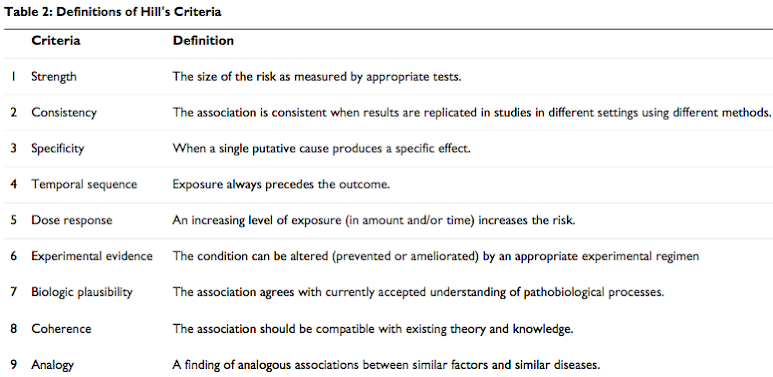Talking Points for a Journal Club
This post takes a slight tangent from the usual public health or epidemiology topics I like to write about. Like most (if not all) readers of this blog, I attend regular weekly journal clubs to discuss the latest published research or seminal papers in our field. Recently I was asked to host a session entitled "How to run a Journal Club" targeted towards a physician audience. As I thought about structuring this talk, it occurred to me that I never had a formal training on running journal clubs. In my first year in a doctoral program, I was expected to attend (and finally present) a journal club but without any idea what to focus on and what level of detail to include. In fact, I suppose my first journal club was akin to an elementary school book report -- I pretty much summed up the article without much participation. As I related this story to the physicians, I saw a lot of reassuring head nodding. I also don't feel like I've ever presented a journal club where I was the most knowledgable person in the room on the topic. But what I have done is read the article more critically and thoroughly than I'm guessing anyone else did at the time. And that's the real key: take time reading and notating the article in advance. Unlike when you're reading an article as part of your literature review, the scope of the journal club is much different. You don't want to get mired down in the methods, particularly if the audience are not methodologists, but rather consider the broad strokes. So I came up with a talking points list based on my experience that I think others may find beneficial as well when running (or attending) journal clubs. Going through this list in an interactive discussion will take about 1 hr -- the length of an average journal club. This document has two intentions: 1) Focus the presenter on the pertinent information to talk about, and 2) Engage the group as much as possible for an interactive discussion.
Paper
- Who's the first/last author? Are they a key person in the field?
- What journal is this? Peer-reviewed?
- When was this published? Still relevant?
Introduction
- What do we know about the topic?
- Why is this research important/needed?
- What are the study aims/hypotheses?
By the end of the introduction, conceptualize a causal diagram for the research:

Methods
Always think of the Q: is this appropriate for the research question?
- Who's the population?
- What's the study design? RCT/Observational (case-control, cohort, etc)? Why this design?
- How are the variables (exposure/outcome/confounders) assessed? Information bias/misclassification/measurement error?
- What are the analytic methods? Don't necessarily need to be an expert!
Results
- Who ended up recruited into the study? "Table 1" - Selection bias?
- What does each table/figure tell you in relation to the research hypotheses?
- Are there issues with validity? What about generalization?
- Do the results strengthen, weaken, or provide no evidence for the hypotheses?
Discussion
- What do they authors make of their work?
- What are the limitations? Strengths?
- How does this research move the field forward?
- How does this research satisfy Hill's causal criteria:

Austin Bradford Hill, "The Environment and Disease: Association or Causation?,"
Proceedings of the Royal Society of Medicine, 58 (1965): 295-300.
Cite: Goldstein ND. Talking Points for a Journal Club. Apr 1, 2016. DOI: 10.17918/goldsteinepi.
